The 2050 Masters World Cup: where are the snows of days gone by? by Rock Ouimet, Ph.D., XC-addict and forest scientist.
Québec city, Canada
Dear XC-skiers who do not fear to be able perform someday in the 80+ year old class, have you only asked yourself this silly question : “Will we still have snow in 2050 in the Northeast?”
Atmospheric scientists foresee that gazes causing the greenhouse effect will double their concentrations in the next 50 years. “So what?” You say. Well, in Eastern North America, this will cause a rise in temperatures of about +3.5°C (+6.3°F) and total precipitation will increase around 20% (snow + rain). Such a climate change will have unfortunate consequences on snow conditions, and on skiers’ mood… Will this situation make us replace our skis by rollers in the middle of January, or pedal a bike on mushy paths? Or worse: shall we move north of Chibougameau to practice our favourite sport?
The modern sorcerer
In the attempt to answer these preoccupying questions, your scientific XC-skier spent nights up clear modelling the impact of climate warming on snow accumulation in forests around Québec City, host of coming year World Masters Championships (Feb. 22 – March 2, 2002). The hydrological model used basic meteorological data: monthly temperature and precipitation averages. Using the Québec regional weather archives, it has been possible to reconstruct snow accumulation on the forest ground for 120 years (1876-1995).
First, in order to evaluate the impact of climate warming on snow cover, I simulated an increase of 3.5°C for the monthly temperature averages over a 120 year span. In the second simulation, I also increased the monthly precipitation averages by 20%. Let’s have a look at the results.
Nice curves
The model simulation results, shown in figure 1, illustrate three parameters deemed important for XC-skiers : A) the amount of rain, B) the amount of snowfall, and C) snow cover on the ground. Within each plot, we find three curves: 1) actual data from the 120 years record, 2) the first scenario output (+3.5°C), and 3) the second scenario output (+3.5°C and + 20% total precipitation).
Rainfall
In the first scenario, precipitation as rainfall increases by 71% in January and February, passing from 14 mm/month on average to 24 mm/month (plot A). Adding a 20% total precipitation increase doubles the amount of rain that would fall at this time of the year compared to recorded averages. In both scenarios, climate warming would increase dramatically the amount of rainfall during winter.
Snowfall
Examining plot B, one can notice that snowfall would be reduced by 10% in the first scenario. Snow would also start later in the fall; instead of beginning in early October in the Québec City area, snowfall events would start on average two weeks later. Similarly, at the end of the ski season, snow would stop falling about two weeks earlier, i.e. in late March instead of mid April. We get the same results for the second scenario, except that snow would be falling at almost the same rate as the average brought forth in the records.
Snow cover
Concerning the accumulation of snow on the ground, results obtained from historical records indicate that snow usually starts to remain on the forest ground in the third week in November at Québec City (Plot C). A 3.5°C rise in temperature (first simulation) would cause a delay in snow appearance of about two weeks. Inversely, snow would disappear about two weeks sooner Springtime. Considering that about 8 in. (20 cm) of snow is necessary to do XC-skiing in forests, the average ski season would be shortened by about an entire month (i.e. down from 4 to 3 months). Moreover, with a 3.5°C warming, the maximum snowpack thickness (in March in Québec City) would decrease by 28% (down from 37 to 27 in.).
Increasing the temperature and precipitations (second simulation) would temper this reduction in snowpack thickness (maximum snowpack of 33 in.). However, the increased precipitations would only have a negligible effect to counteract ski season reduction caused by climatic warming. Soon will it be the time to say “good bye” to those dear snowbanks who welcome us at the bottom of some steep hill? Will we have to improve our style in the wet or icy snow in order to get by 2050? It seems so…
Model limits
Of course, one must take these simulations with a grain of salt – or a snow flake! – because of the crude manner the hydrological model handles certain processes, such as the one controlling the amount of precipitation falling as snow and rain at certain temperatures. This particular process is also influenced by wind conditions, circulation of air masses, and their provenance. At this stage, the model cannot integrate these parameters that would simulate, for instance, climatic extremes such as the 1998 ice rain catastrophe in the Northeast. By the way, these extremes may increase in occurrence and in intensity with climate change.
This exercise suggests that the climate change forecasted 50 years from now will have a major impact on winter sports. This impact will probably extend through all nordic countries because that is where climate change is more pronounced. Will XC-skiing in bathing suits (or not!) be a new winter sport in the 21st Century?
Figure caption
Figure 1. Expected impacts of three climatic scenarios (actual records, +3.5∞C temperature increase, and +3.5∞C temperature plus +20% precipitation increases) on A) rainfall amount, B) snowfall amount, and C) snowpack thichness in the Québec City forests areas.
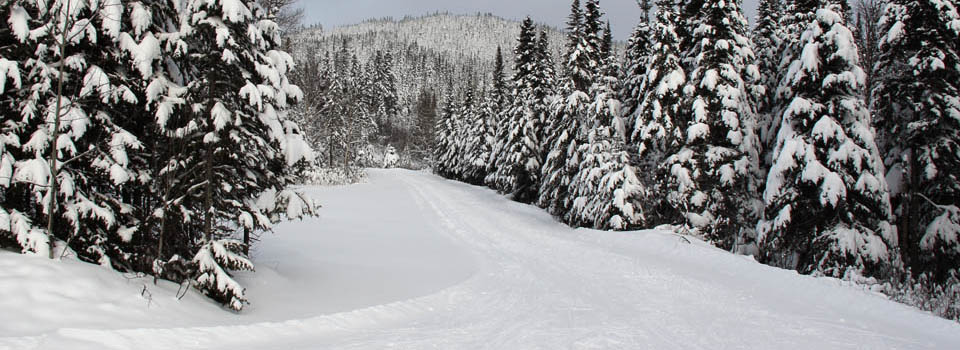
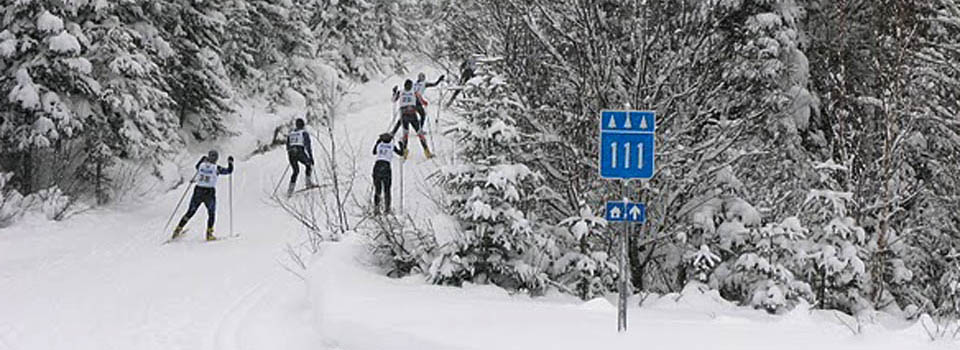
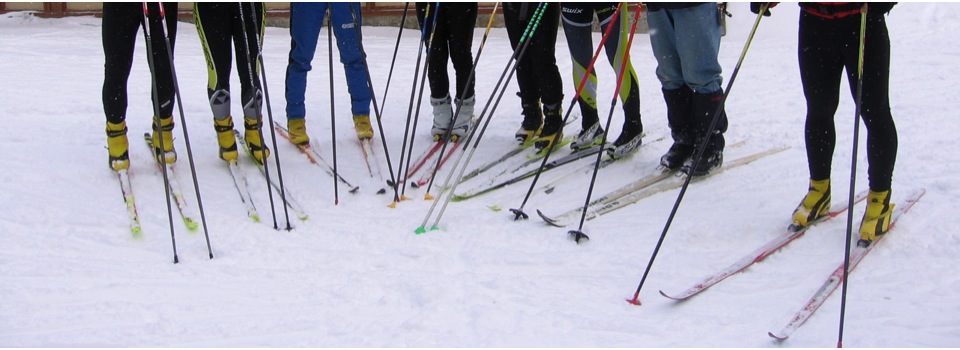
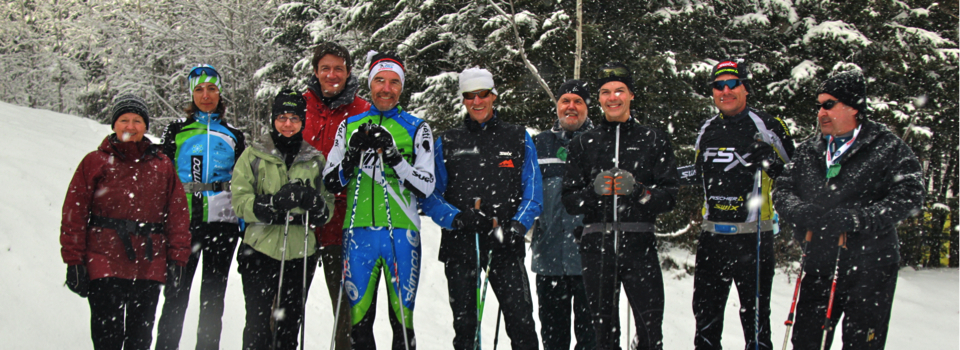
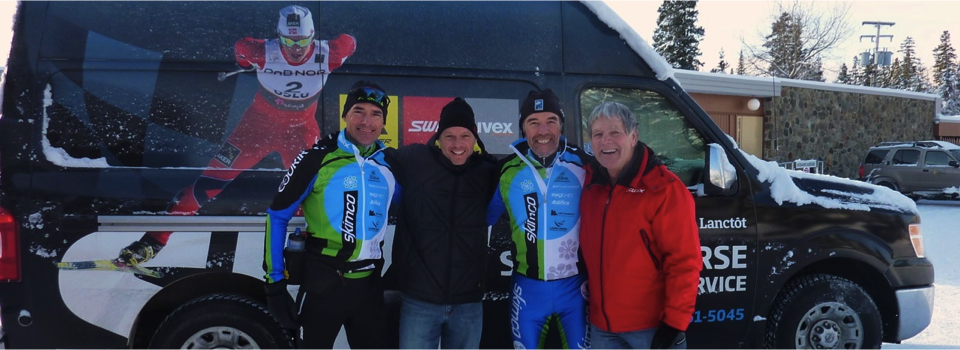
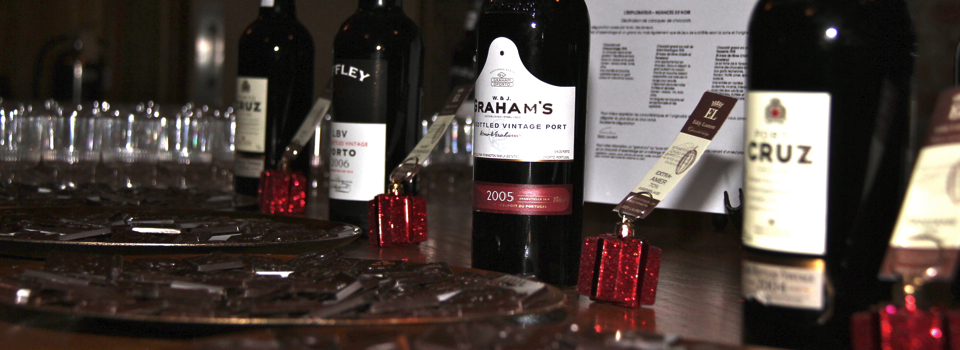
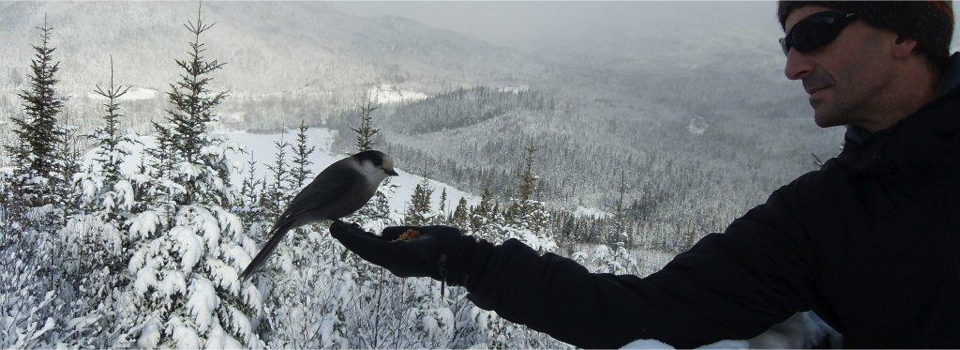
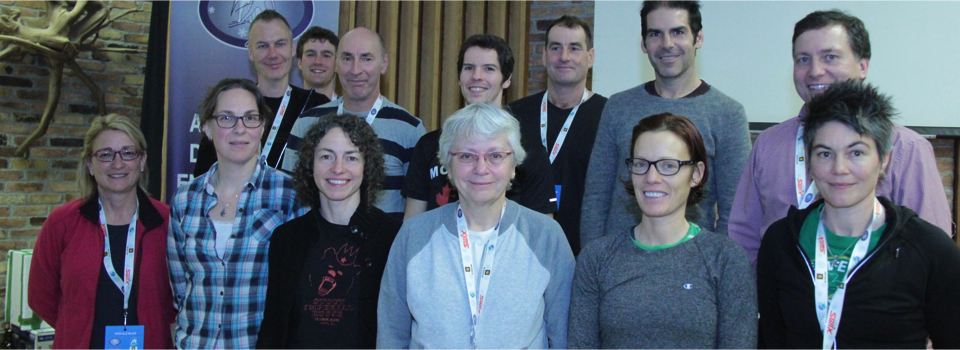
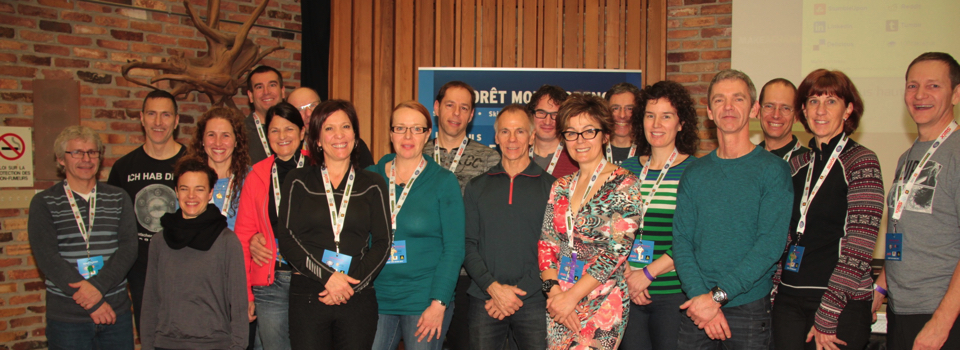
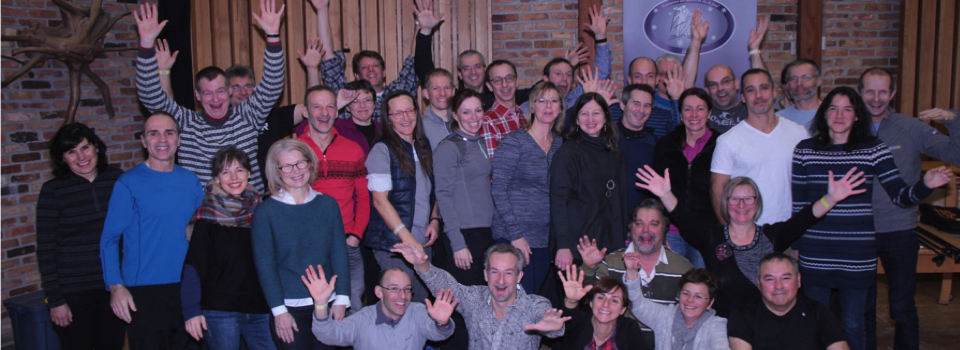

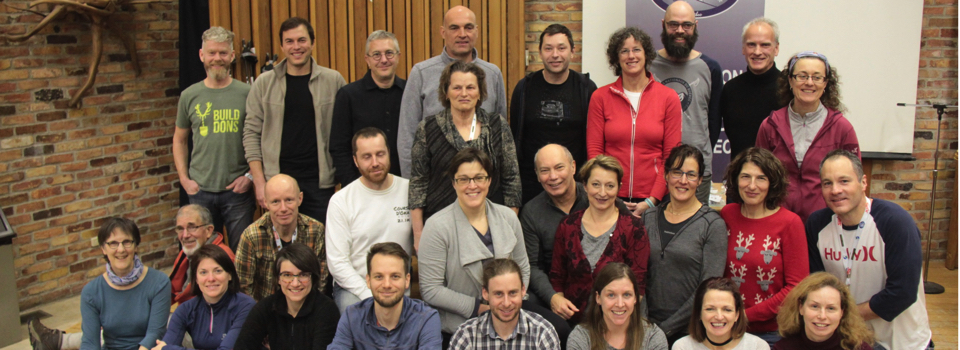
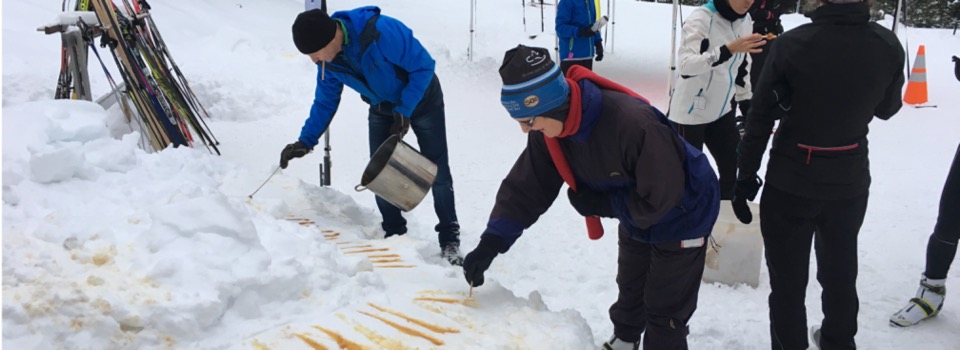
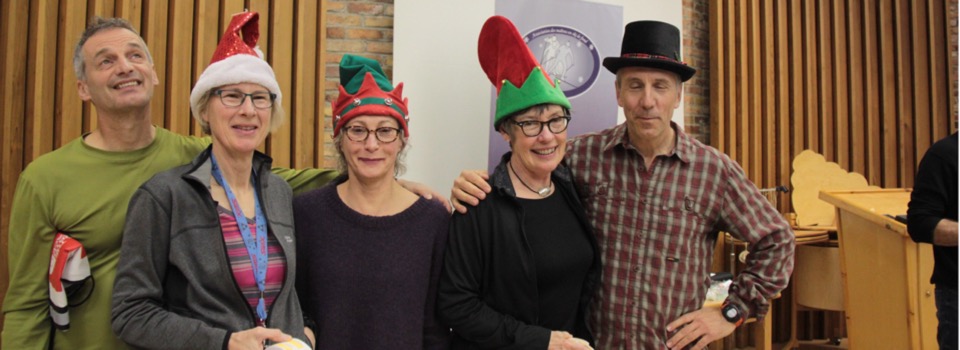
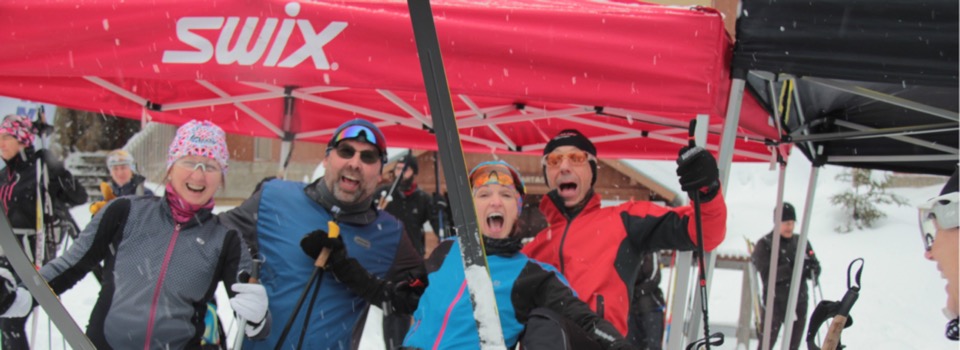
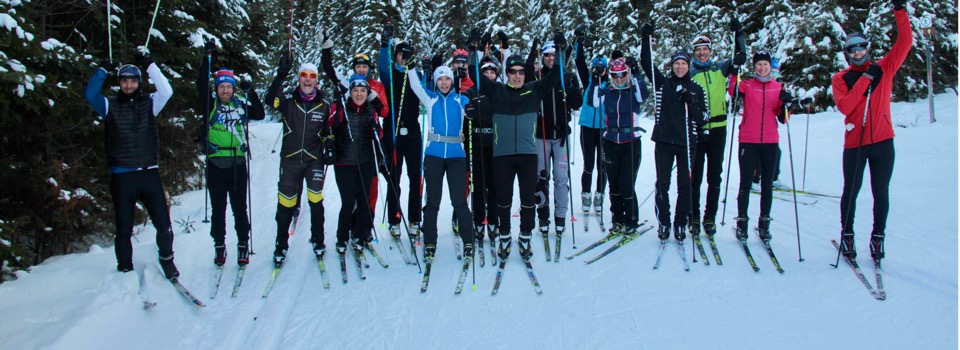
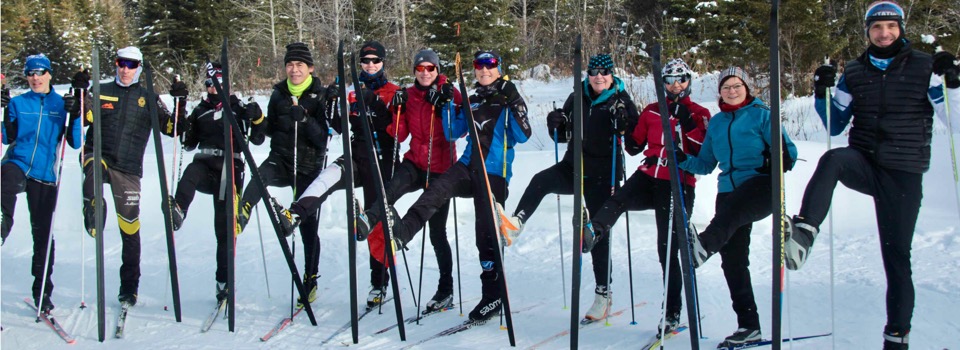

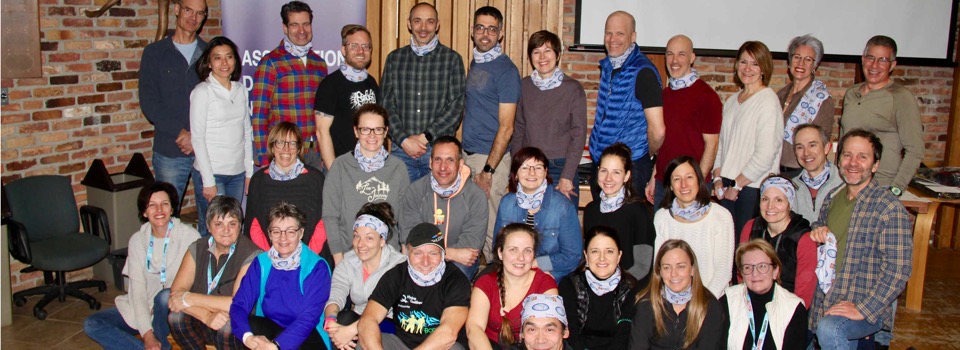
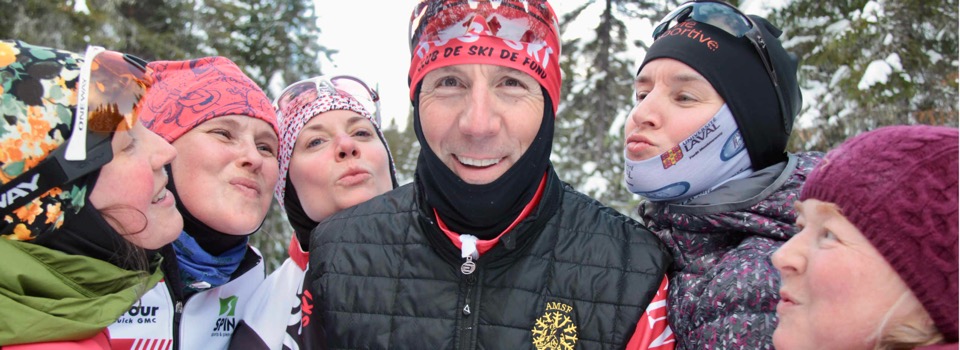


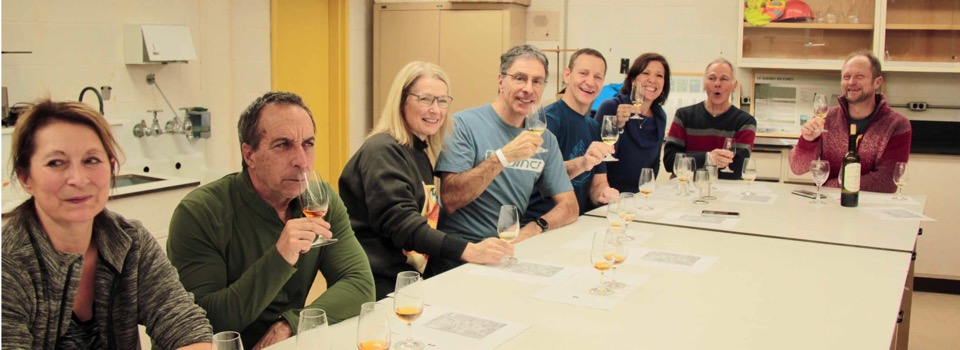

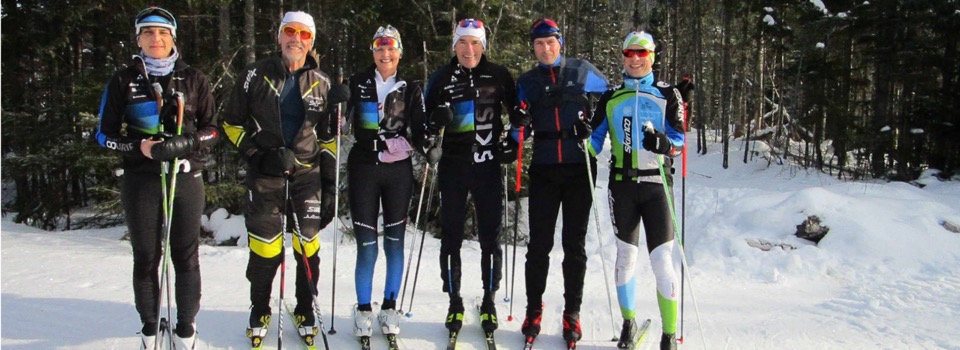



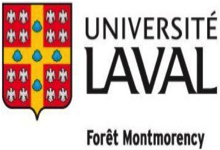

Laisser un commentaire